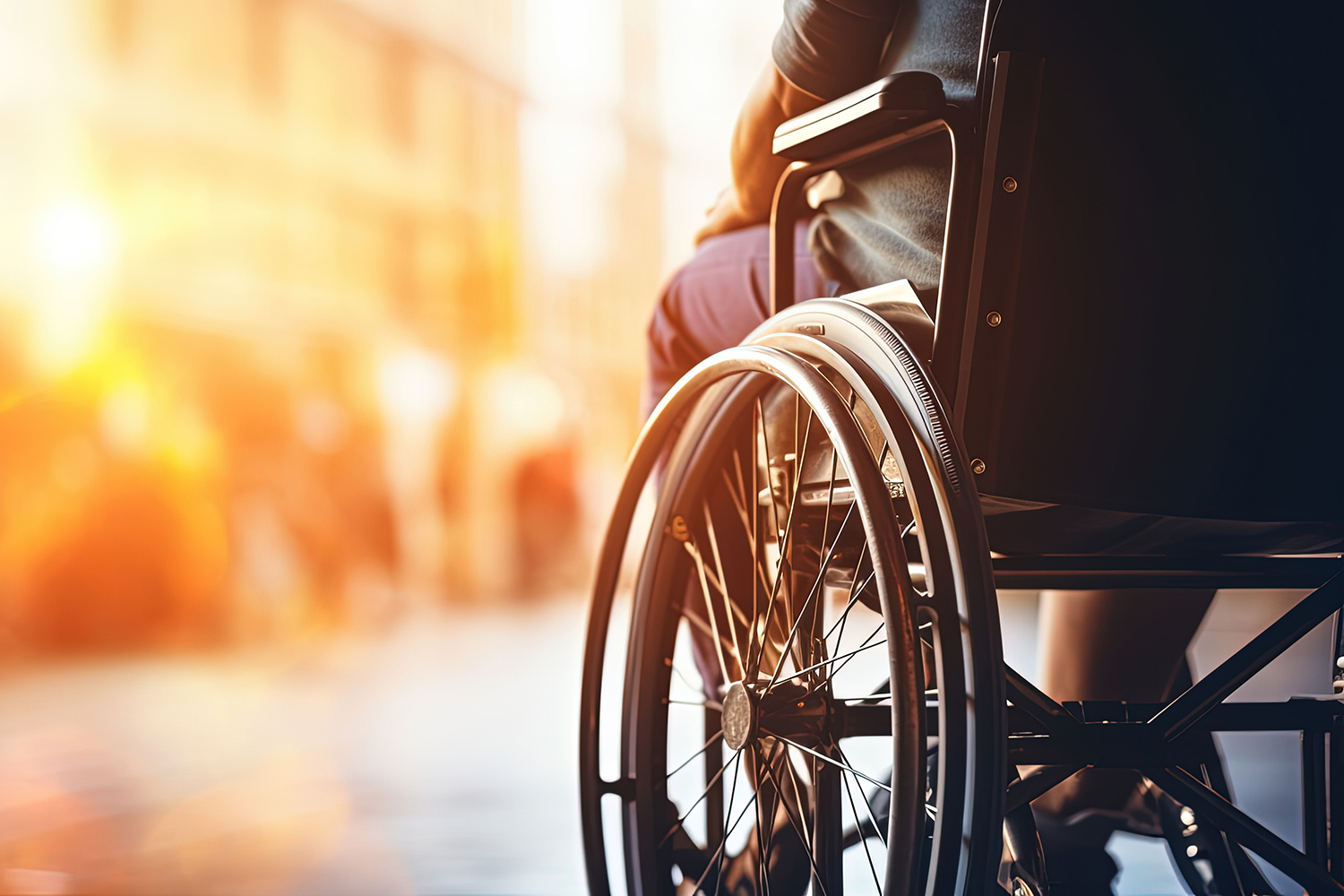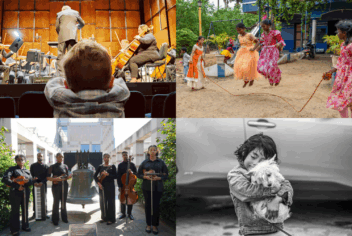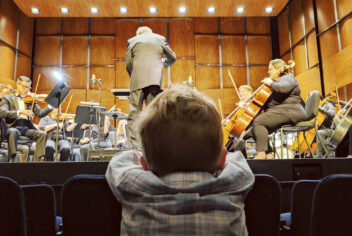If someone dies while they’re in the care of your nonprofit — and it’s not due to natural causes — the consequences can be devastating, public, and permanent.
Accidental deaths are one of the most heartbreaking types of claims we see at NIA. In this nightmare situation, there are no positives: A grieving family has lost a loved one, members of your team may be traumatized, and a wrongful death lawsuit against your nonprofit is extremely likely.
A lawsuit resulting from an accidental death means that your entire nonprofit will be under the microscope as investigators try to determine what happened, why it happened, and what you and your team did — or didn’t do — that may have contributed.
While insurance can help with your defense, if your people, your procedures, and your records aren’t prepared for that level of scrutiny, it can cause severe harm to your nonprofit — perhaps even irreparably so.
Take a moment to explore how your nonprofit can reduce its risk and liability around incidents involving accidental death so that you can do everything possible to protect your clients and members of the public. Let’s look at a real claim NIA received and discuss what the nonprofit did that impacted the outcome of the claim.
The Nonprofit:
A nonprofit which provided mobility services for seniors, persons with disabilities, and others with barriers to mobility. They nonprofit’s mission was to serve as a mobility manager, connecting people with contracted third-party transportation vendors that were best equipped for the individual’s needs.
The Incident:
One morning, an elderly client was scheduled to be transported by a vehicle owned and operated by a third-party vendor. While unloading the client, the vendor’s driver allegedly failed to properly secure the brakes on the client’s wheelchair, causing it to roll down a driveway. The client fell out of the wheelchair, striking their head and sustaining fatal injuries.
There was no known video footage of the incident.
The Legal Action:
The client’s family retained an attorney and filed two lawsuits against the nonprofit and the vendor:
- The first claiming wrongful death as a result of negligence.
- The second was a separate lawsuit by one survivor, claiming emotional distress due to observing the incident.
In the lawsuit, the client’s survivors claimed the vendor and the driver had been negligent in their duty to care, and the nonprofit was included as well, due to referring the client to the vendor in the first place.
The Coverage:
The nonprofit made a claim on their General Liability insurance policy, which enabled NIA to provide the organization with defense counsel.
The Result:
During the review of the contract between the nonprofit and the vendor, it was discovered that, despite strong language indemnifying the nonprofit against damages resulting in harm caused by third parties, the vendor was a suspended corporation (due to non-payment of corporate taxes) that had allowed its insurance to lapse.
Because the vendor was uninsured and was defunct shortly after the incident, this meant that the nonprofit was the only defendant remaining, meaning that the liability for the vendor’s negligence would likely be shifted to it in court.
As a result, the defense counsel engaged in negotiations that resulted in a settlement.
What Did the Nonprofit Do Right?
- The nonprofit carried a General Liability insurance policy.
- Strong language was included in the nonprofit’s contracts to indemnify the nonprofit against harm resulting from the actions of third parties — in this case, the vendor.
What Could the Nonprofit Improve?
You can’t control the actions of other entities, but you can control who your nonprofit partners with.
In this case, although the nonprofit did have strong indemnity language in their contract with the vendor, the fact that the vendor had let its insurance lapse should have disqualified them.
These additional steps may have resulted in a better outcome, or helped prevent the incident altogether:
- Conduct thorough vetting of third-party vendors and drivers before entering into a contract.
- Request references from any prospective vendor; your vendors are a reflection of your business operations and should meet or exceed your own business practices.
- Perform a business status investigation to verify the potential solvency of the entities that you are considering aligning with.
- Request copies of vendor’s insurance policies annually.
- Conduct a semi-annual status check of the vendor’s insurance to confirm that the vendor is complying with the contract language around defense and indemnification; this can be requested in the form of a Certificate of Insurance.
- Establish mutually agreed-upon procedures for working with clients — including steps for safely loading and unloading during transportation.
- If there is a video of an incident, preserve it for the insurance company in the event of a claim.
How Can Your Nonprofit Avoid This?
To help protect your nonprofit against injuries or accidental deaths when working with elderly or disabled persons, you’ll need to understand what types of injuries have a higher risk of happening — and where those injuries are more likely to occur.
For example, falls are a major cause of injury for seniors and disabled persons, so you’ll want to start by identifying places and practices around your nonprofit that may present a fall risk. These can include:
- Smooth, slippery, or uneven walking surfaces (especially stairs)
- Defective, damaged, or poorly maintained mobility equipment (walkers, wheelchairs, canes, etc.)
- Areas where water, hard surfaces, and sharp corners may be present (restrooms, kitchens, laundry rooms, sidewalks, etc.)
- Unsupervised and unmonitored areas
- Standing puddles or ice (entrances, sidewalks, parking areas, etc.)
- Broken railings
- Inadequate cleaning and maintenance practices
- Improper or insufficient training for care staff
Once you’ve identified your higher-risk areas, now it’s time to figure out how to prevent the risks from becoming an incident — before it happens. This can include:
- Safety training for all staff, including — but not limited to — proper lifting techniques, CPR, and first aid
- Ensuring proper supervision is always in place for high-risk clients, including infants, small children, individuals at risk of falls, etc.
- Setting appropriate transportation procedures — including proper loading and unloading steps — for your staff and all vendors
- Confirming all mobility and safety equipment is in good working order before use
- Having lifeguards and/or appropriate staff present during activities
- Procedures for quickly reporting and addressing hazards
- Adhering to any facility/property maintenance responsibilities, such as:
- Ice and snow removal
- Leaf/debris removal
- Illumination on stairwells, walkways, etc.
- “Wet floor” signage
- Water-absorbing/anti-slip mats at entrances
- Creating a daily employee checklist of safety tasks
- Documenting everything: Keep written records of all regular maintenance and other prevention steps
Conclusion
Accidental injuries and even death do not happen frequently, but when they do, they can cause great harm to any organization, including reputational damage, stress on staff, and a significant time investment.
Protecting your nonprofit means you need to understand your responsibilities when it comes to safety, identify where safety risks exist, and establish practices and procedures to address those risks before an incident happens.
Doing this will help to create a culture of safety in your organization that can help you confidently serve your community for years to come.
From the Claims Files stories like the one above are intended to be informational in nature. Coverage will vary depending on language specific to your policy and your specific facts and circumstances.
Please contact your insurance broker and/or agent for your specific coverage implications based on your specific situation and follow any claims reporting procedures from your policy with your broker if there might be a claim.
Nothing in this story should be considered as legal advice or opinion and you should seek independent advice or legal counsel.





